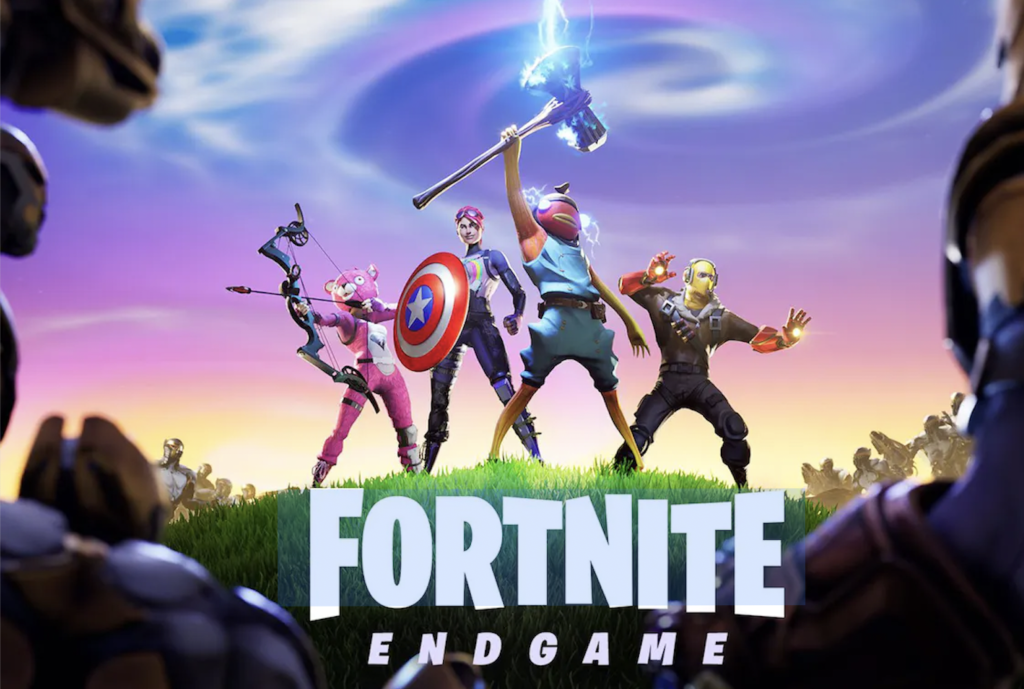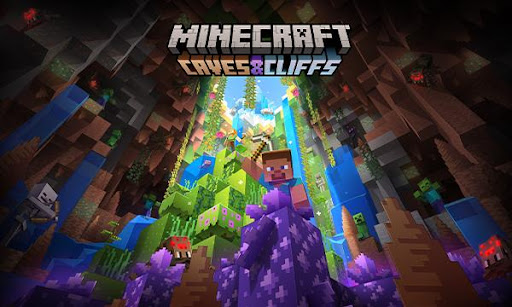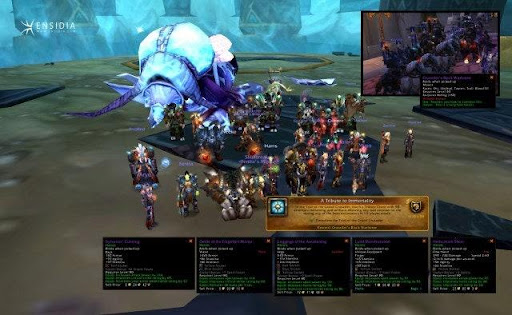Table of Contents
The metaverse is simply the next stage of immersive entertainment, with companies investing billions into its development. Large companies like Meta, Epic Games, Roblox, Unity, and more contribute to the metaverse’s growing market, most notably Meta investing $10 billion in its metaverse development. The metaverse market is at an estimated 61.8 billion in 2022 and is projected to grow to 426.9 billion by 2027, according to a Markets and Markets study. These stats point to the continued growth of video games and the metaverse as partnered industries.
The future of the metaverse has already been played out in the history of video games. Video games and the metaverse are inextricably linked. Both are entertainment systems that immerse players into socialized worlds. As such, what can we learn from the history of video games? How can we use that knowledge to project hurdles for the metaverse? And can we predict which metaverse will succeed?
Video games have been a growing part of the broader entertainment industry, competing with the likes of Netflix, Amazon Prime, and Disney+ for user retention. According to recent data from Business of Apps, Fortnite, a game with many drawn comparisons to a metaverse, generated $5.8 billion in revenue in 2021, with 83 million players a month. Delving into the details of video games can provide an effective model to project the future business of the metaverse, including the key to its future successes and failures.
Via Epic Games
What is the Metaverse?
The broad definition of the metaverse is the creation of an immersive, digital world. That would include video games like Fortnite, Grand Theft Auto, Roblox, and World of Warcraft, which have open worlds that allow players to interact. However, narrower definitions, such as one from Webster’s dictionary, define the metaverse as an:
“environment that allows access to and interoperability of multiple individual virtual realities… a sprawling network of interconnected virtual worlds for such diverse activities as gaming, watching live entertainment… and collaborating on design projects.”
This feature to access diverse worlds and games makes the metaverse distinct from traditional video games. The metaverse has a unique appeal with (ideally) heightened accessibility and immersion by creating a social space that intersects multiple games and streamlines different modes of entertainment on a single platform.
Looking to run an epic influencer marketing campaign in the metaverse? NeoReach has the best experience in creating viral campaigns that convert on social media. Sign up here!
Video Games Have Paved the Way
Video games paved the way for the metaverse, being an interconnected, social space for decades, especially in recent years. Fortnite, a battle royale game, hosted in-game, virtual concerts for artists like Travis Scott, Marshmello, and Ariana Grande. The company has also integrated character skins and weapons from multiple franchises from Marvel to Dragon Ball Z.
During the COVID quarantine, one couple went viral for holding a marriage ceremony in the game Animal Crossing. According to Statista, global audiences spent a whopping $54 million on in-game purchases in 2020 alone. Collectively, video games have become a source of wide-ranging entertainment and personal investment.
Via Sharmin Asha
Video games and the metaverse capture audiences in a similar way, as the metaverse is, in essence, an interconnected virtual game. The value of the metaverse as an entertainment platform will be linked to the success of its games, measured by sales, players, playtime, and overall community investment.
Want to learn more about online social spaces? Learn about the intricacies of Discord communities here.
What Can We Learn From the History of Video Games?
Mark Zuckerberg’s Meta faced significant backlash online for posting images of its Horizon Worlds VR creation sandbox game, as the graphics of its VR environment were… suboptimal, to say the least.
Via Meta
For potential investors, however, this should not be a significant, long-term concern; graphics and design can and will improve over time. The real measure of success, from the perspective of gamers and non-gamers, should be the quality and appeal of its games and storylines.
Graphics, design, and creative vision all play into a video game’s appeal, but historic top-selling video games that hook in users like Minecraft, PUBG, Overwatch, and Super Mario Bros. have shown us that replay-ability, accessibility, and strong community support drives top-sellers.
Via Minecraft
Successful games do not need the most high-definition graphics or hyperrealistic scenery (although those do help). Long-term commitment and gameplay quality are more important variables when considering the potential success and longevity of a video game and the metaverse.
Metaverse on the Block Chain?
Another potential appeal of the metaverse is its use of blockchain to link in-game currency to a fungible token. That creates the potential for a virtual economy, where people can make real money by working in the virtual world, akin to futuristic books and movies like Ready Player One. However, the use of real-world money to acquire and sell in-game items is nothing new.
Want to learn more about marketing and the metaverse? Download our full report here.
Looking at the video game, World of Warcraft, players must cooperate and invest obscene amounts of time to receive the game’s best and rarest items in organized “raiding guilds”. In previous years, the top raiding guilds would sell these items for real money – sometimes in the thousands – and split the reward amongst the group. However, Blizzard issued warning bans to top guilds that sold their loot for real money. In a statement in 2017, Blizzard said:
“Going forward, in order to ensure fair play and competitive integrity, we’ll be monitoring these activities much more closely in order to make sure that the rules are being followed. This includes selling services for real money, account-sharing, and other violations.”
Via Blizzard Entertainment
This sentiment continues to strongly exist today in video games and the metaverse communities. Ubisoft recently launched a beta version of Ubisoft Quartz, which would integrate NFTs in their preexisting games. Integrating blockchain would allow users to buy and sell unique content across games on their platform.
However, the company received backlash from its community in response, with accusations that the move to NFTs was just a money grab. Ubisoft backtracked a bit, stating it was still in research stages, but that the company would continue its research to benefit gamers.
The double-edged sword of linking in-game currency and fungible tokens may also lower the appeal of a game to more casual players, creating a “pay to win” system by offering expensive, exclusive content. However, many experts and supporters of NFTs like Ubisoft’s Strategic Innovations Lab’s vice president Nicolas Pouard argue that a “digital secondary market” would greatly benefit gamers.
Looking for more information on NFT Gaming? Check out our blog on NFT Gaming here.
So What Does This Mean for the Metaverse?
Ultimately, the metaverse will face the same hurdles and community resistance as video games with their innovation. However, the metaverse has the potential to expand the scope of video games, becoming more immersive and interconnected by combining multiple sources of entertainment in one space. Video games and the metaverse shouldn’t be at odds; if all goes well, the metaverse is the next evolution of gaming. And by looking at the history of games, maybe we can learn a thing or two.




























